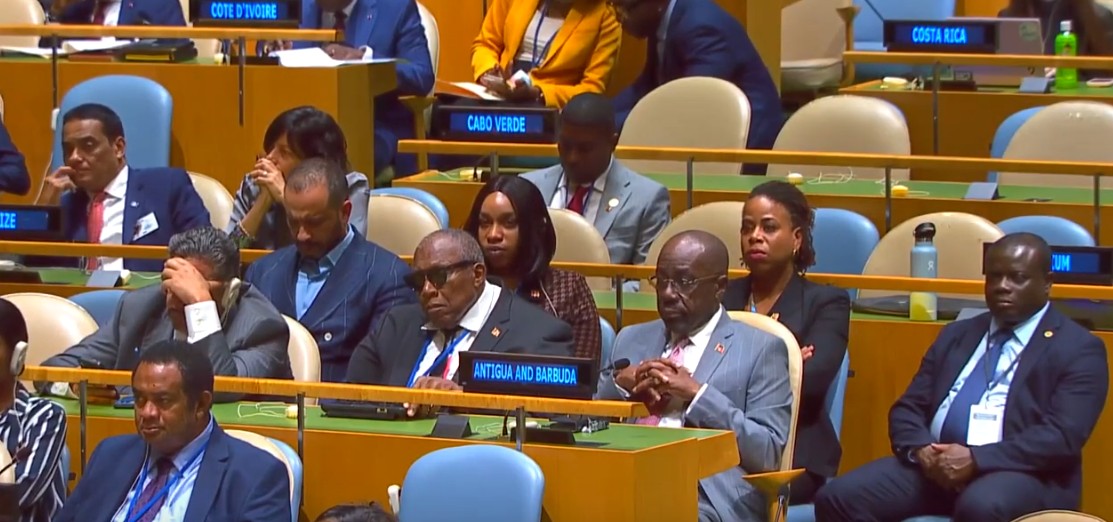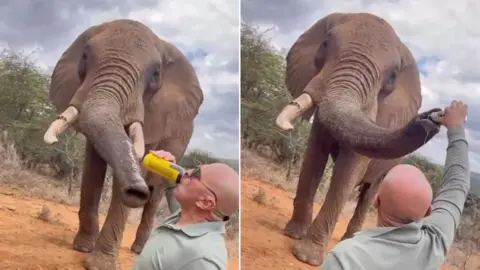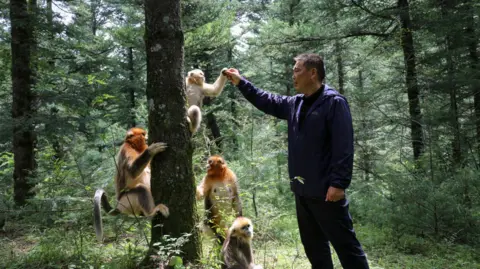Diplomats representing nearly 200 nations concluded two weeks of environmental negotiations on Saturday, marking a significant advancement in funding models for biodiversity conservation. The new agreement, forged at the United Nations Biodiversity Conference, COP16, introduces a fund that channels a percentage of profits generated from utilizing genetic information—technically termed digital sequence information—into global conservation efforts.
This breakthrough initiative responds to the increasing accessibility of genetic data due to scientific advancements, which have simplified and reduced the costs involved in sequencing genetic material. As a result, extensive databases are now available for pharmaceutical, cosmetic, biotechnology, and various other companies to explore as they work to innovate new products.
Amber Scholz, leader of the science policy division at the Leibniz Institute DSMZ, emphasized the importance of this development: “Conservation has primarily relied on government and philanthropic funding. With this new initiative, businesses that benefit from biodiversity are now expected to contribute financially.”
While the current agreement designates the fund as voluntary, it strongly encourages companies to participate, recommending contributions of 1 percent of their profits or 0.1 percent of their revenue. Governments are invited to consider legislative actions that could enforce these contributions more rigidly. Estimates suggest that this funding mechanism could potentially generate as much as $1 billion annually to support biodiversity conservation efforts.
In a notable shift recognizing the significance of Indigenous communities as key biodiversity custodians, half of the fund's resources are earmarked for their initiatives, though some flexibility remains for participating nations.
Although discussions extended beyond the intended deadline, delegates departed suddenly on Saturday, resulting in the loss of quorum. Consequently, several matters, including a contentious proposal aimed at mobilizing and distributing $200 billion annually by 2030, were left in limbo and are set to be revisited in future negotiations.
COP16 serves as a continuation of last year’s global biodiversity summit in Montreal, which established ambitious targets for environmental conservation and restoration.






















